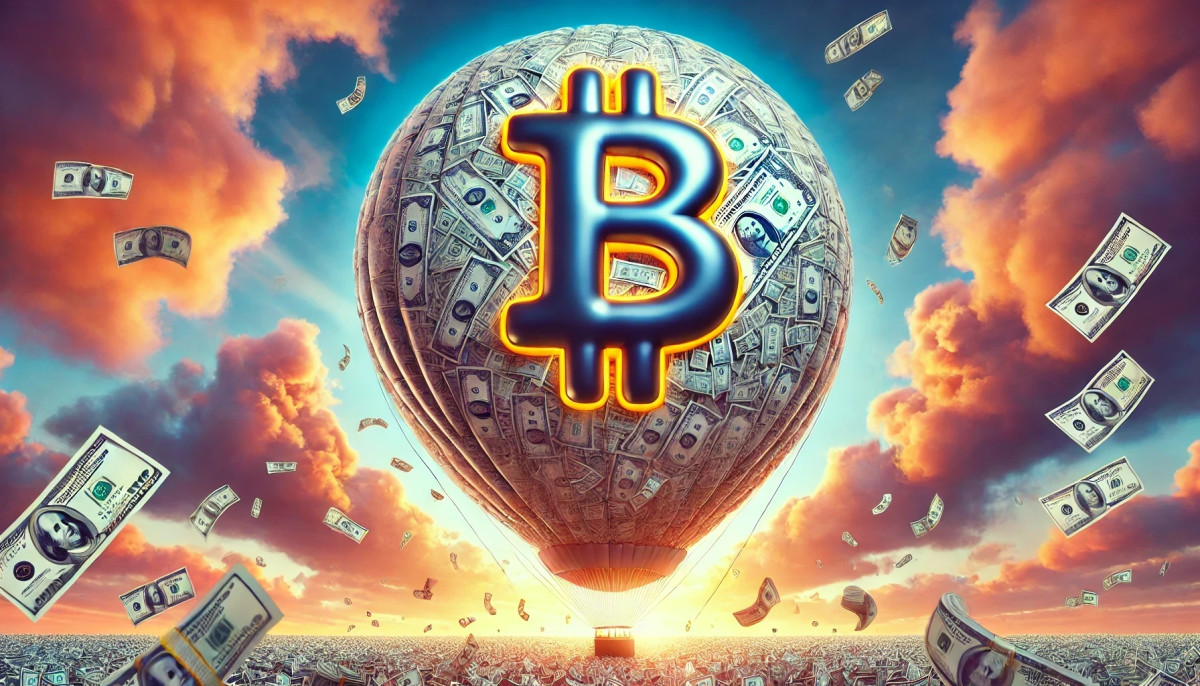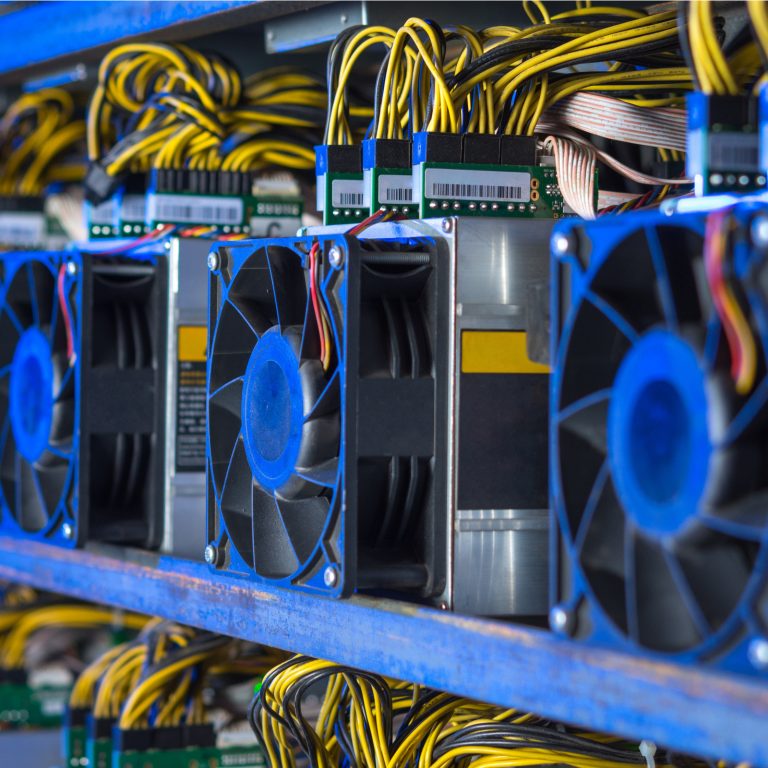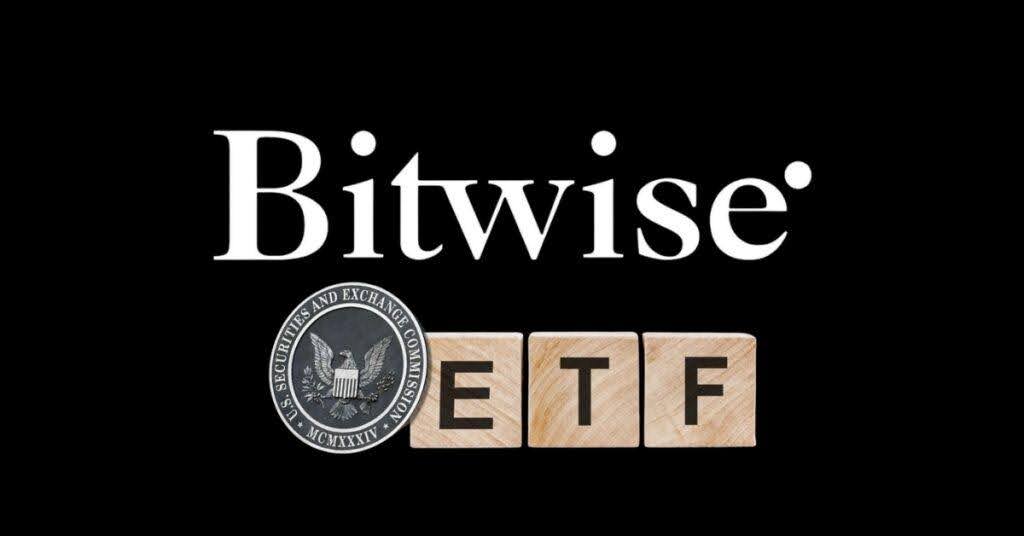2018-11-5 07:33 |
Bitcoin (BTC) and other virtual currencies have experienced an important bull run during 2017. At the end of the last year, Bitcoin reached $20,000 after starting the year close to $950 dollars. Because of this reason, several experts and financial analysts called Bitcoin and cryptocurrencies a bubble that could explode at any moment.
Some of these individuals compared Bitcoin with bubbles such as the Tulip Mania or the Dot Com era. However, there are some issues and features that do not make of Bitcoin a bubble.
The first comparison can be made between Bitcoin and the Tulip Mania hundreds of years ago. In the Netherlands, rare varieties of fashionable tulip bulbs were very costly. But one day, people started to buy these bulbs at a faster rate. Some people wanted to resell them and get rich during the night, but this had a sudden end.
The speculative fever around Tulips ended from one day to the other. This has clearly left thousands of individuals devastated in the country. In a very short time, these flowers became overvalued. However, Bitcoin does not work in this way. The virtual currency constantly fluctuates, meaning that there is a constant price search rather than a Bitcoin mania.
It is also possible to compare Bitcoin with railroads. In the past, when railroads started to expand all over the world, people started to buy railway shares hoping to get profit as soon as the railway started to operate. However, there were some issues that slowed down the development of railroads, such as high-interest rates and anti-railroad protests.
However, Bitcoin is different. People that enter the market knows that BTC is not a specific share and it does not depend on a specific company.
Bitcoin is generally compared to the South Sea Ponzi scheme. This company offered a monopoly to trade with South America. Nonetheless, there was no specific information about how the company planned to do these things. Moreover, the company has also spread misleading information in order to pump prices and benefit from it.
Finally, The South Sea company collapsed and investors lost their money in this Ponzi scheme. Bitcoin is different. The popular virtual currency is not a Ponzi scheme. Bitcoin was created for people to avoid these scams and fake companies.
Japan, currently one of the most powerful countries in the world in economic terms, has also experienced a bubble on its stock market. The Nikkei stock index increased 500 per cent, accounting more than one-third of the global stock market capitalization. But the boom stopped when the government decided to start raising rates and stop inflation. After it, the economy entered into low growth decades.
There are no governments that control the future of Bitcoin or that can destroy it. Bitcoin works independently from governments and other institutions.
The US Housing bubble started with low-interest rates, easy credit and a society that was very interested in consuming at all times. Americans were living more than what they were able to afford, and banks were approving mortgages to people that were not able to pay for them.
The housing market in some areas appreciated exponentially, resulting in a housing boom that stopped with a crisis. After this situation, the global economy entered into a recession for several years.
But Bitcoin was created in order to avoid government fiscal and monetary policies. As a decentralized network, it works according to how the community decides. At the same time, it is also a deflationary asset, which means that it will keep its value if demand increases.
The Mississippi Bubble has also affected several investors back in 1720. In 1716, John Law established a bank that accepted deposits of gold and silver. Once the company received the gold, it issued paper money. In this way, it was able to acquire The Mississippi Company an international trading corporation that became a government-backed monopoly in French colonies.
However, the number of paper notes that were issued by the company exceeded the value of gold and silver it had in deposits. This created a bubble that ended with a massive devaluation and the price collapse. This situation cannot happen with Bitcoin. It is impossible to create more than 21 million Bitcoins, giving users certainty about the future of this currency.
There are some other examples in history. For example, Bitcoin can also be compared to the Bull market in the Twentieth. There was an economic boom that was caused by technological development and industrialization. The US stocks reflected this boom with price increases. Ordinary people were allowed to invest in stocks, but some of them were riskier than what they should. In order to buy more shares individuals were taking debt, something that ended with a debt of $8.5 billion dollars, more than the entire sum of money in circulation.
Clearly, this could not keep for a long period of time and the market collapsed. After it, twelve years of recession followed.
Although Bitcoin was adopted by regular individuals and investors, institutions are starting to pay attention in this growing market. There are some companies that are ready to invest their funds in the crypto market, something that could provide stability and more liquidity to Bitcoin.
Perhaps the most known bubble in recent times is related to the Dotcom Boom. The bubble that took place in the 90s is considered one of the most harmful and destructive bubbles in history.
Internet started to grow and spread at very fast rates. This is something that attracted several companies and investors to the market. This created high levels of speculation and risk-taking. Several companies listed on the NASDAQ skyrocketed. However, the growth could not be sustained for a long period of time.
Bitcoin is attracting money from different individuals all over the world and the money invested on it tends to be small rather than big. Additionally, several users do not want to sell their BTC, indeed, they hold to have a better price in the future.
This popular virtual currency can also be compared to Rhodium. Rhodium is a scarce metal that skyrocketed up to $9,500 dollars in 2008. In 2006, it was possible to purchase Rhodium for $500 dollars. But in January 2009, the prices went down back to $1,000 dollars.
There is no clear explanation of what happened to this metal. However, Rhodium was able to attract several investors that did not care about the metal’s practical uses.
As mentioned before, Bitcoin could be safer since several BTC holders are not planning to sell their coins, no matter what. That means that Bitcoin could be less vulnerable to a fast collapse.
Finally, Bitcoin can also be compared to Kipper und Wipper case, a financial crisis that started in Europe in the 17th century. Several city-states of the Roman Empire saw their revenues grow during the Thirty Years’ War.
The Empire melted metal coins and mixed them with cheaper metals. This is something that was disclosed and stopped. ALl the low-value imitations damaged the whole economy and ended in hyperinflation.
Bitcoin cannot experience an hyperinflation. It has a controlled supply that does not depend on any other company or government. This makes of it a non-inflationary currency.
origin »Bitcoin (BTC) íà Currencies.ru
|
|














